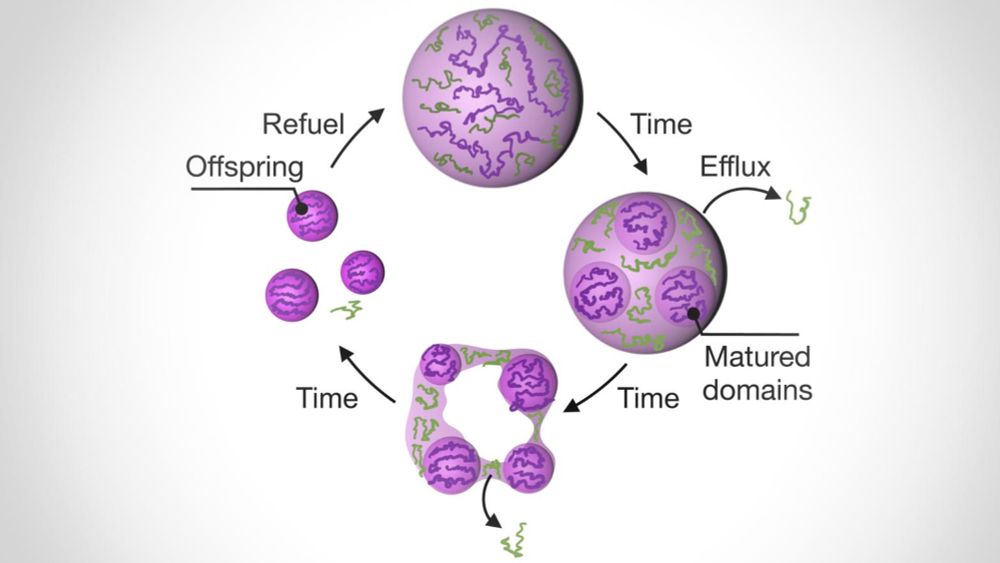Job Boekhoven
@boekhovenlab.bsky.social
1.2K followers
400 following
29 posts
Prof. In Systems Chemistry trying synthesize life
Posts
Media
Videos
Starter Packs
Pinned
Reposted by Job Boekhoven
Reposted by Job Boekhoven
Job Boekhoven
@boekhovenlab.bsky.social
· May 30
Job Boekhoven
@boekhovenlab.bsky.social
· May 30
Genotype-Phenotype Coupling in Fuel-Dependent Synthetic Cells with an Autocatalyst
The central dogma of molecular biology describes how genotype affects phenotype through the transfer of genetic information from DNA to RNA to proteins, influen
papers.ssrn.com
Job Boekhoven
@boekhovenlab.bsky.social
· Apr 28
Job Boekhoven
@boekhovenlab.bsky.social
· Apr 26
Job Boekhoven
@boekhovenlab.bsky.social
· Apr 25
Job Boekhoven
@boekhovenlab.bsky.social
· Apr 25
Reposted by Job Boekhoven
Reposted by Job Boekhoven












